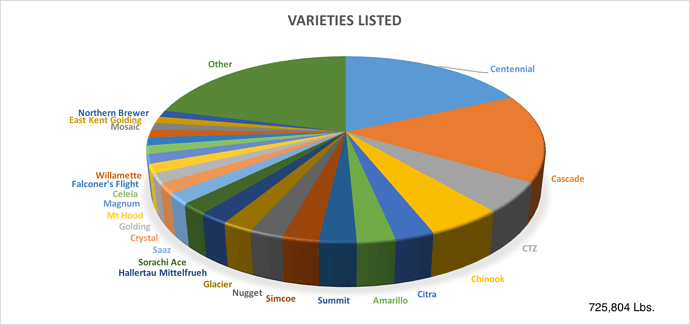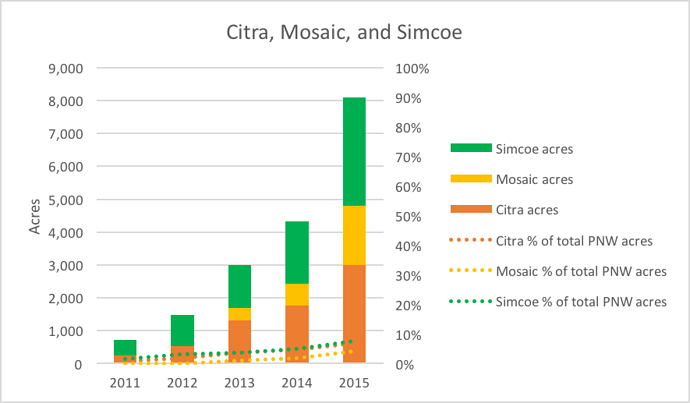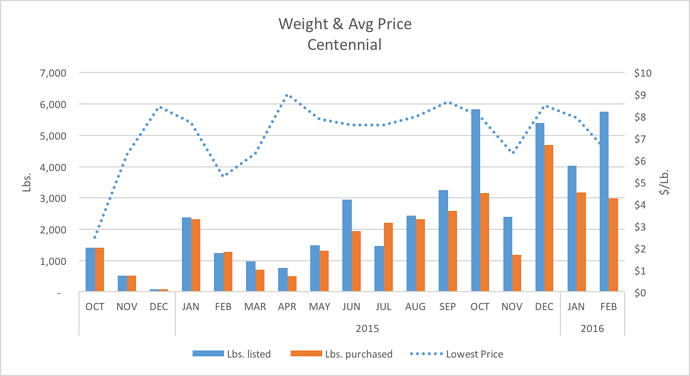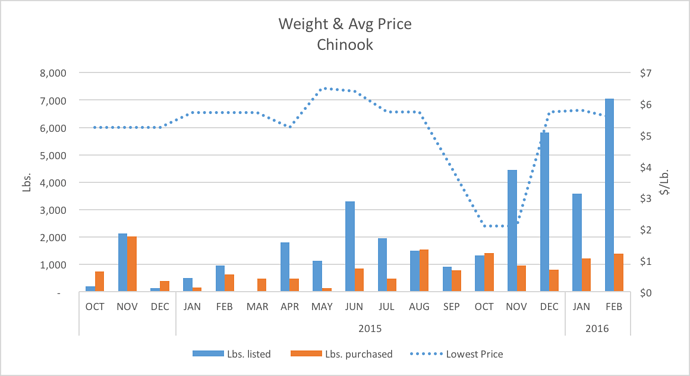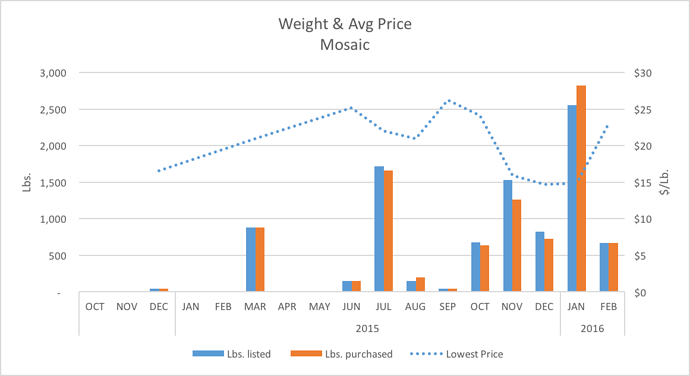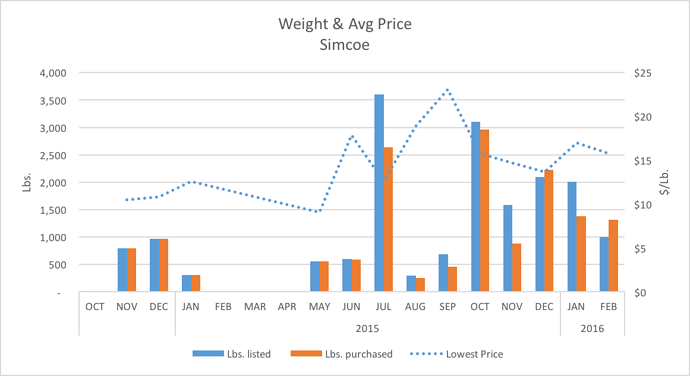Breeding new hop varieties is an expensive process that often spans decades. Some varieties come out of public institutions, while others are bred by private companies. Breeders of private varieties tightly control the supply of those varieties; ultimately determining who can plant them and how much can be planted.
While the analogy isn’t perfect, the situation is not unlike a pharmaceutical company who spends millions developing a new drug. The company has to carefully control supply and pricing of that drug in order to recoup an extremely large investment made over many years. They want to avoid a scenario in which the drug becomes readily available at low prices (ie generics). Similarly, spot market availability devalues hop varieties.
You’ll often find better access to highly demanded private varieties on the secondary market vs. broker spot availability. Most large brokers prefer to rewrite contracts and re-broker excess inventory internally to avoid the price collapse that accompanies widespread spot availability. Here’s a breakdown of varieties listed on the secondary market over the last ~16 months.
You can see drastic differences in both pricing and trading volume for public vs private varieties on The Lupulin Exchange. The charts below contain combined data for some popular varieties.
While brokers in control of highly demanded private varieties are rapidly planting, the most popular private varieties still make up a relatively small percentage of all hops grown in the PNW. (Note: all acreage figures supplied by Hop Growers of America)
Managing this is no small task for hop brokers - they must attempt to satisfy demand and maximize their ROI without flooding the market. If they overshoot demand, leaving excess supply available for spot purchase, prices would certainly plummet. So what does this mean for the small craft brewer who’d rather see prices and availability like this:
…instead of prices and availability like this:
- Never expect to see private varieties widely available for spot purchase from brokers or on the secondary market.
- Don’t vilify the brokers - they take huge gambles when breeding hop varieties and deserve to be rewarded for their risk.
- If you’d like to see more affordable public varieties with great flavors and aromas, ask yourself what you’ve done to advocate funding of public breeding programs.
- Do everything in your power to accurately forecast your needs for private (and public) varieties and work with your brokers to contract 3-5 years in advance.
- Communicate frequently with your brokers. Be sure they understand your needs as soon as they change.
- Get creative! It’s important to note that many hop varieties with unique/citrus/fruity profiles were thrown out in the not too distant past - when the hop breeding programs were largely controlled by brewing giants, such as Anheuser-Busch. Forgotten publicly bred varieties (ie Comet) can unlock many sought after flavor and aroma options at lower costs.
- Set up Hop Alerts to snag varieties you need. Don’t forget, Hop Alerts now have global filters and we’ll be adding variety specific filters soon.
If you enjoy market insights such as these, please let us know by leaving a comment, sharing, and/or liking this post on Facebook. The greater the feedback received, the more inclined we are to devote limited resources to sharing future market analyzes. Cheers!
